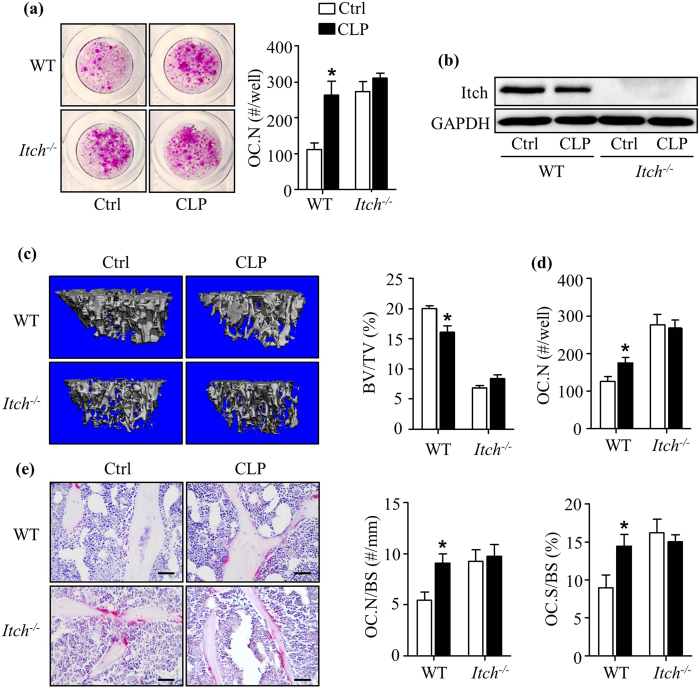Figure 5. Clomipramine does not induce bone loss in mice deficient in the ubiquitin E3 ligase, Itch.
. Itch−/− mice (3-month-old, male) and their WT littermates were treated with CLP (10 mg/kg/intraperitoneal injection) or saline Ctrl daily for 14 days. (a) Bone marrow cells were cultured in an OC formation assay, as in Fig. 3, with or without CLP treatment. TRAP+ OC number was measured. Values are mean ± S.D. of 4 wells. Experiments = 3. (b) Itch protein expression levels in OCs were examined by Western blot analysis. Experiments = 3. (c) Itch−/− mice and WT littermates (n = 4–5/genotype) were treated with CLP or water for 14 days, as in Fig. 1. Tibiae were subjected to μCT. Representative scans and statistical analysis for fold changes of tibial trabecular bone volume. Values are mean ± S.D. of 4–5 mice. (d) Bone marrow cells from treated mice were cultured in OC formation assays. TRAP +OC number was assessed. Values are mean ± S.D. of 4 wells. (e) TRAP-stained tibial sections and histomorphometric analysis. Values are mean ± S.D. of 4–5 mice. *p < 0.05 versus Ctrl. Scale bars: 50 μm in (e). Ctrl: water, CLP: Clomipramine.

